The largest, youngest island in the chain, Hawaii—commonly referred to as the Big Island—is the home of one of the biggest attractions currently in Hawaii;
Lava.
Besides being the only place in the United States (and one of the few sites in the world) where you can observe active lava flows, the Big Island is also one of the top places in the globe for astronomy, the only place in the U.S. where coffee is grown, and home to many other unique features. This list of things to do is only the beginning of what you can do and see in Hawaii, but it’ll get you started with ten ideas on how to best explore the island:
10. Stop by a Black Sand Beach
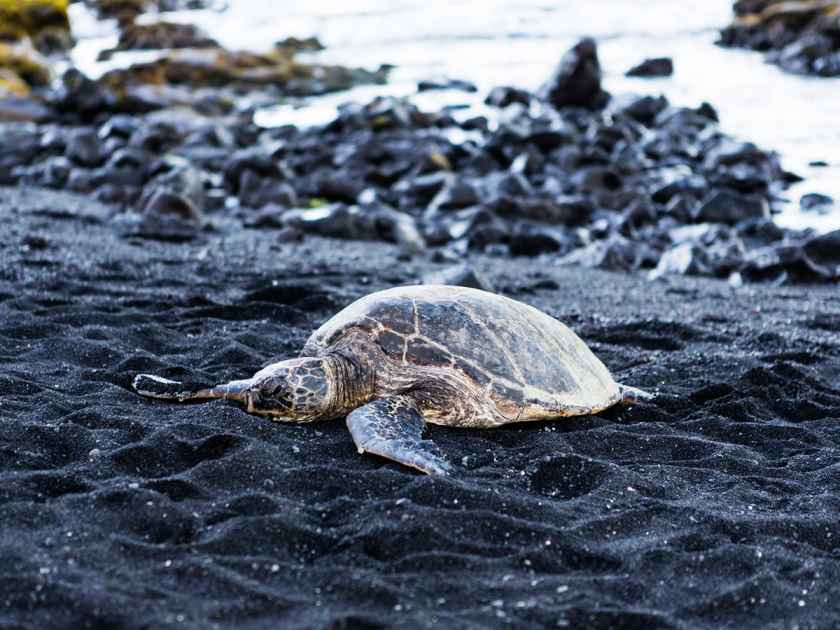
While black sand beaches can technically be found all over the world, most of them are a result of mineral deposits that darken the color of the sand, making it a dark grey or streaking it with black lines.
Only a few beaches are truly “black” sand—sand made entirely of black volcanic glass. One of them is Punalu’u Beach directly to the south of Volcanoes National Park. Located near the volcano, the beach is comprised of only volcanic glass, giving the sand a uniform jet-black color. Punalu’u is worth a visit, as the beach is never crowded for two reasons. The first reason is that it’s not a great beach for swimming or water sports since the tide is rough and the beach is framed by jagged volcanic rocks.
The second reason is that honu (Hawaiian green sea turtles) often crowd the water and the beach, restricting human access due to their protected status. This shouldn’t discourage you from visiting—in fact, it should encourage you even more since you’ll have a great chance to see turtles and won’t have to deal with a large crowd of tourists. Just don’t expect to spend the day at Punalu’u Beach; it’s much better as a short detour on your way to or from Volcanoes National Park.
See More: Black Sand Beach Tours
9. Watch the Glow of Lava at Night
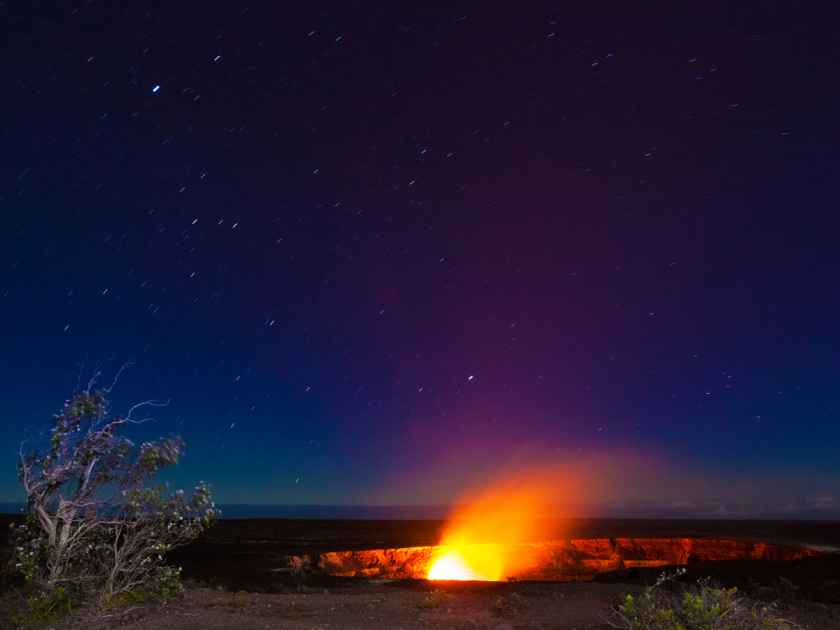
On any list of things to do on the Big Island you’ll obviously find an entry that says “visit the volcano” or “see lava.” This list is no different—in fact, we have three such entries.
First, I recommend you visit Volcanoes National Park at night, or at least at sunset. While many of the attractions at the park are better viewed during daylight—the steam vents, various dormant craters, and Jaggar Museum, for example—the lava looks much more spectacular when you can see it glowing in the cover of night.
For the best experience, consider getting to Volcanoes National Park in the afternoon, touring the different sights while the sun’s still out, and heading to Jaggar Museum to watch the sunset. You can even get dinner on Volcano House restaurant on Crater Rim Drive. After the sun goes down, you’ll be easily able to spot the orange glow of active lava around Kilauea.
UPDATE: As of now, Kilauea, one of the most active volcanoes in the world, is no longer erupting. The otherwise vibrant lava supply to the Halema’uma’u lava lake unexpectedly paused on September 16, 2023. However, you can still book an evening tour of Volcanoes National Park and watch the stars at night. Please stay tuned for updates on volcanic activity.
8. Tour a Kona Coffee Farm
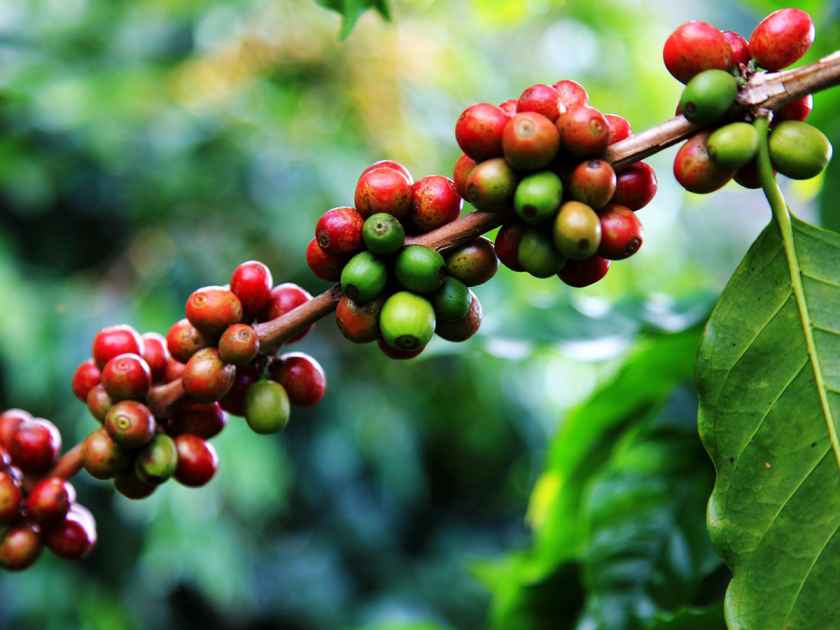
Hawaii is the only state in the U.S. to grow coffee, and the Big Island accounts for the majority of that production. The west coast of the Big Island is home to the Kona Coffee Belt, an area with ideal conditions for growing coffee and where the famous “Kona” coffee is grown.
The volcanic soil in the area is rich with nutrients; the sun provides enough light to encourage growth but there’s enough cloud cover that the leaves won’t burn; the area gets consistent rain but not so much as to drench the roots.
All these reasons make the area ideal for growing coffee and explain why Kona coffee is so flavorful. If you’re on the Big Island, you should stop by a farm and take a quick tour, especially if you’re a coffee lover or staying in the Kailua-Kona area.
See More: Big Island Farm Tours
7. Paddle a Kayak from Keauhou Bay
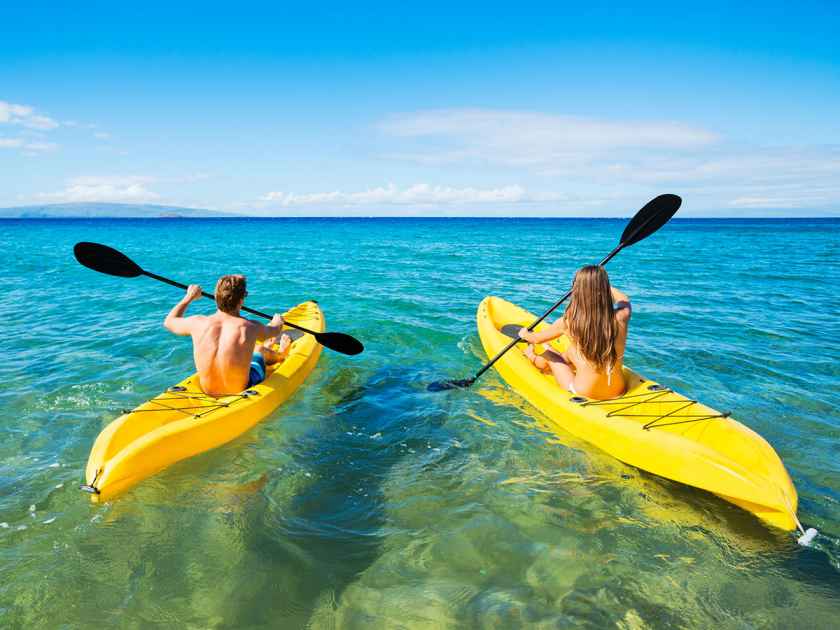
Keauhou Bay is a great starting point for a variety of ocean adventures. If you rent a kayak or book a guided tour, you can experience the ultimate, all-in-one ocean adventure on the Big Island. First of all, the Bay is sheltered and calm but too small for larger vessels, which makes Keauhou an ideal departure point for kayaks or ocean rafts. Next, the Bay is visited by many different species of marine life, including spinner dolphins and green sea turtles.
There’s another amazing creature in the area that only comes out at night, but you’ll have to jump further down the list to find out. Not a mile south of Keauhou Bay is a variety of outcroppings created by old lava flows that reached the shore. The result is a rocky landscape filled with sea caves, blow holes, arches, and lava tubes that are just waiting to be explored by a brave paddler.
Even though it’s close to a resort, the south Kona coast gives the impression of being incredibly remote. There’s also a sea cliff in the area named “The End of the World” that’s a beautiful lookout (and jumping-off point for the brave).
See More: Kayaking Tours Big Island
6. Ride a Zipline over a Giant Waterfall
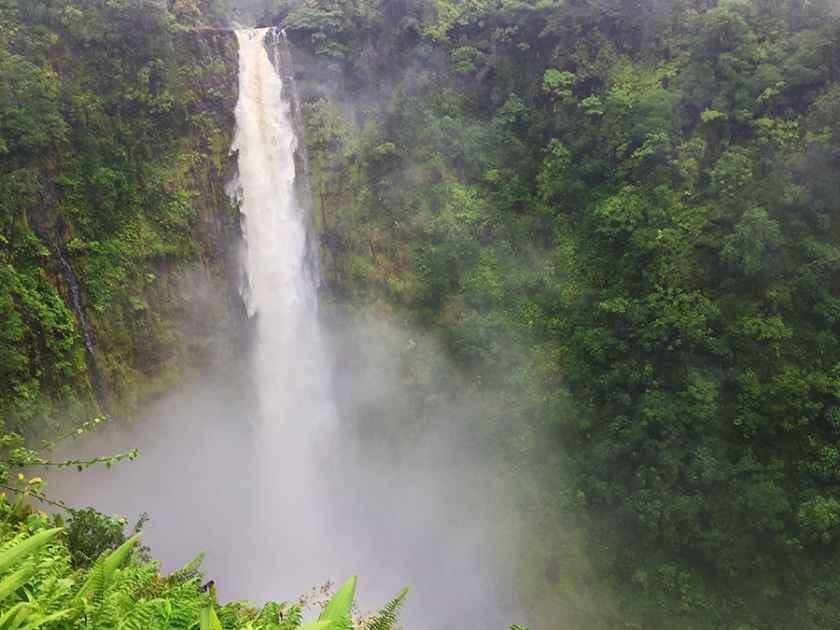
The east side of the Big Island is filled with lush rainforests and beautiful green valleys—and is also the home of many stunning waterfalls. One of the most famous waterfalls on the island is the 440-foot-tall Akaka Falls, easily accessible via a half-mile loop that leads you to a lookout.
Akaka Falls isn’t the only waterfall along Kolekole Stream, however, and the falls further down are equally spectacular (though not as large) and also serve as the site of a zipline course. I’ll always be an advocate of ziplining because it’s a fun eco-adventure that gives you a great way to see the natural beauty of Hawaii while having minimal impact on the environment. The Big Island has a bunch of great ziplines along the northeast coast, and zipping over a waterfall is a really awesome experience that everyone should try out at least once.
See More: Big Island Zipline Adventures
5. Snorkel at Night to See Manta Rays
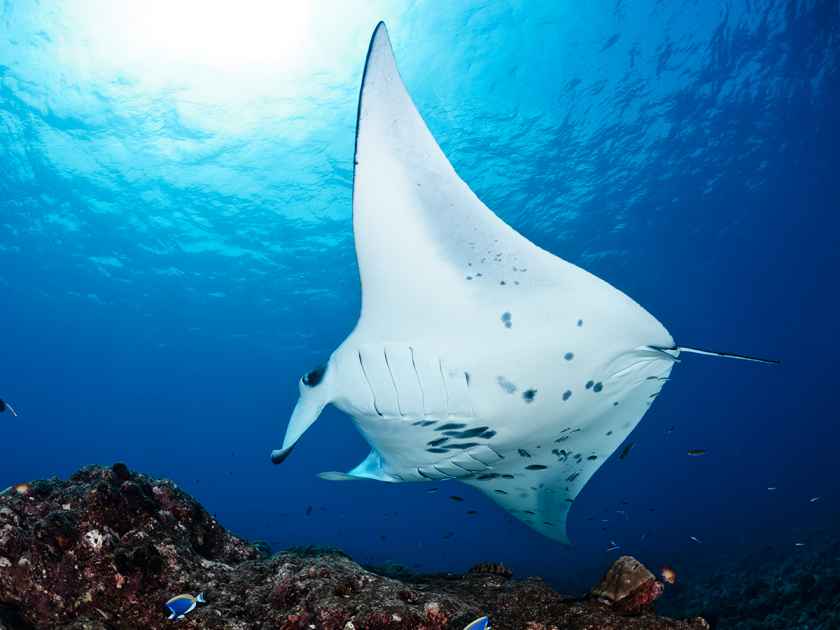
This is the other thing in Keauhou Bay I’ve mentioned earlier.
Manta rays live in the reefs on the west coast of the Big Island and are most commonly spotted in the area known as “Manta Village” right next to Keauhou Bay. If you want to see the mantas, you’ll have to go after dark since manta rays are nocturnal creatures and only come out at night to feed among the reefs. The good news about Keauhou Bay is that the area is well lit, even in the water, which makes snorkeling at night significantly less dangerous. In fact, the bright lights in the area are what makes it so popular with the rays, as the lights allowed plankton (which mantas feed on) to grow even at night, creating an abundant food source.
Swimming with manta rays is really a once-in-a-lifetime experience, and might be the only chance you get to come face-to-face to these majestic creatures in the wild.
See More: Manta Ray Night Snorkel Tours
4. See Lava Flowing into the Ocean from a Lava Boat
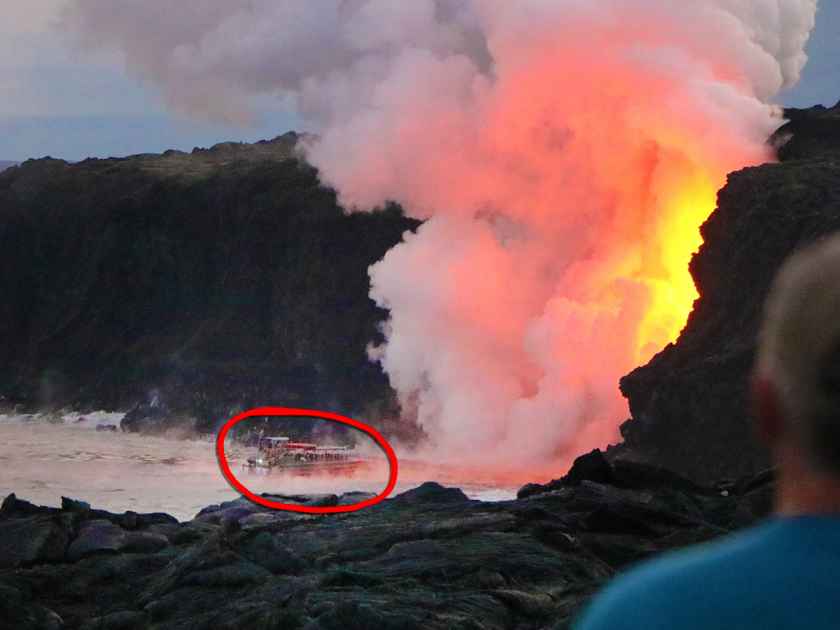
Watching new land being formed as molten lava meets the Pacific Ocean and cools down is perhaps the most spectacular natural event one can ever witness. It’s even better when you get to witness it up close on a lava boat tour.
There aren’t many boats that can withstand the heat and rough ocean conditions caused by lava, and the few tours that do get close are certainly not for everyone because of how rough they can get—the water is choppy and you’ll be close enough to feel the heat of the lava on your skin. When you’re sitting there surrounded by volcanic smoke and hot steam, watching as lava violently meets the ocean, it’s easy to see why Native Hawaiians worshipped Pele as the goddess of lava. Something is humbling about watching an ancient phenomenon that is creating something completely new, and it’s something everyone needs to experience in person.
UPDATE: At present, it is essential to note that there are no lava flows entering the ocean. As a result, Lava Boat Tours are not in operation. The absence of ocean entry flows has led to this temporary halt, emphasizing the unpredictability that characterizes volcanic activity. Consider booking an air tour around the volcano instead.
3. Explore Waipio Valley on Horseback
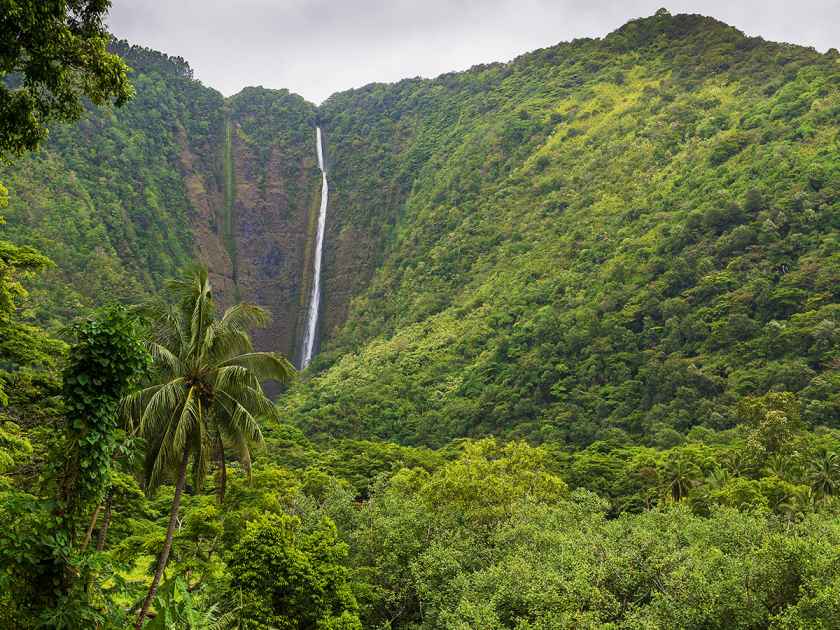
Waipio Valley is one of the most famous valleys on the Hamakua Coast, the beautiful, lush, northeast coast of the Big Island known for its valleys and sea cliffs. Historically, it served as the capital of Hawaii island before the unification of the archipelago under Kamehameha, as well as the birthplace of many famous Hawaiian chiefs and kings.
Today, the valley is sparsely populated and difficult to access due to the steep incline of the valley walls—the public access road is the steepest road of its length in the U.S. You won’t be able to get into the valley unless you hike down, have a four-wheel-drive vehicle, bike, or ride a horse.
A horseback ride is probably the best way to explore the valley since many of the attractions—taro farms, giant waterfalls, a black sand beach—can’t be found along paved roads.
See More: Waipio Valley Tours
2. Go Stargazing on Mauna Kea
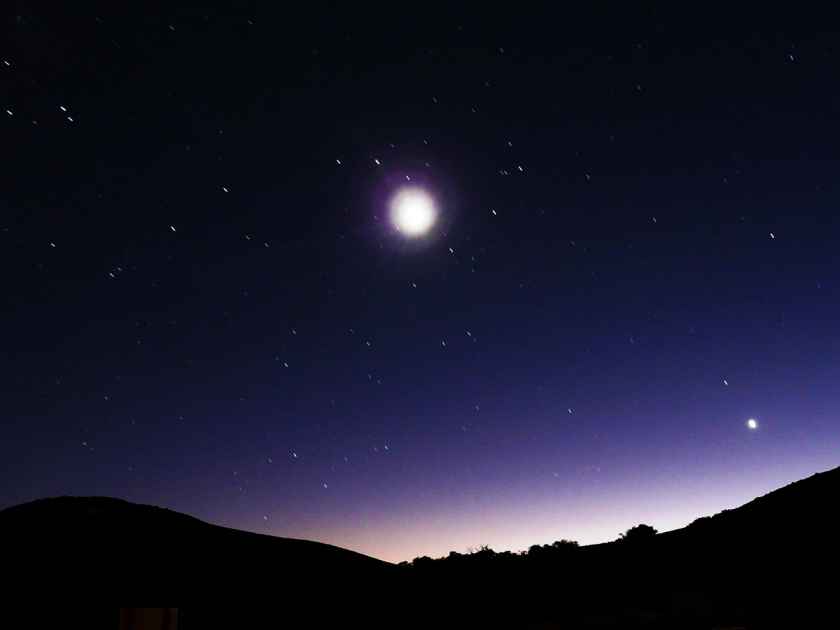
The peak of Mauna Kea is one of the best sites in the world for stargazing due to its stable, arid conditions, positioning above the clouds, and distance from any major sources of light pollution.
As a result, Mauna Kea is the site of twelve different observatories that are funded and used by various nations. The summit is an amazing place to watch the sunset and gaze at the stars, completely uninterrupted by cloud cover or light pollution.
Bring your own telescope (or attend one of the free stargazing events) to get an amazing view of the stars, planets, and other heavenly bodies. Just make sure to pack warm—the temperature at the summit is usually around 30 degrees Farenheit (0° C), and depending on when you visit, there may even be snow.
See More: Big Island Stargazing Tours
1. Get an Aerial View of the Volcano and the Lava
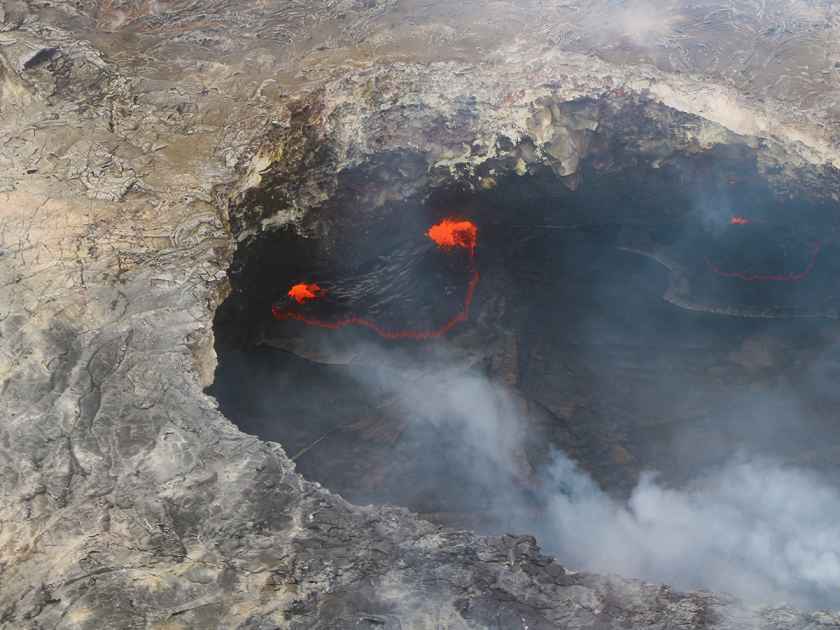
Even if you’ve already done a ground tour and a sea tour, an air tour is the only way for visitors to actually get close to Pu’u O’o, the most active crater at Kilauea, and spot the bubbling lava lake inside.
It also makes it much easier to spot active lava flows, which are unpredictable and can change by the hour. A helicopter ride lets you see all of Volcanoes National Park, which not only includes the lava-scarred landscape that’s otherwise inaccessible, but also flies you over the tropical rainforests on the east side of the island and semi-arid climate of the west side. Especially if you’ve visited other islands, taking a helicopter tour really gives you a sense of the size and natural diversity of the Big Island.
See More: Volcano Air Flights and Tours
That’s our top 10 list for the Big Island! Have you tried any of these activities yet? Check out more on HawaiiActivties.com!
Jason
Having grown up in Honolulu, Jason writes for HawaiiActivities to help share the beauty of the islands with visitors.


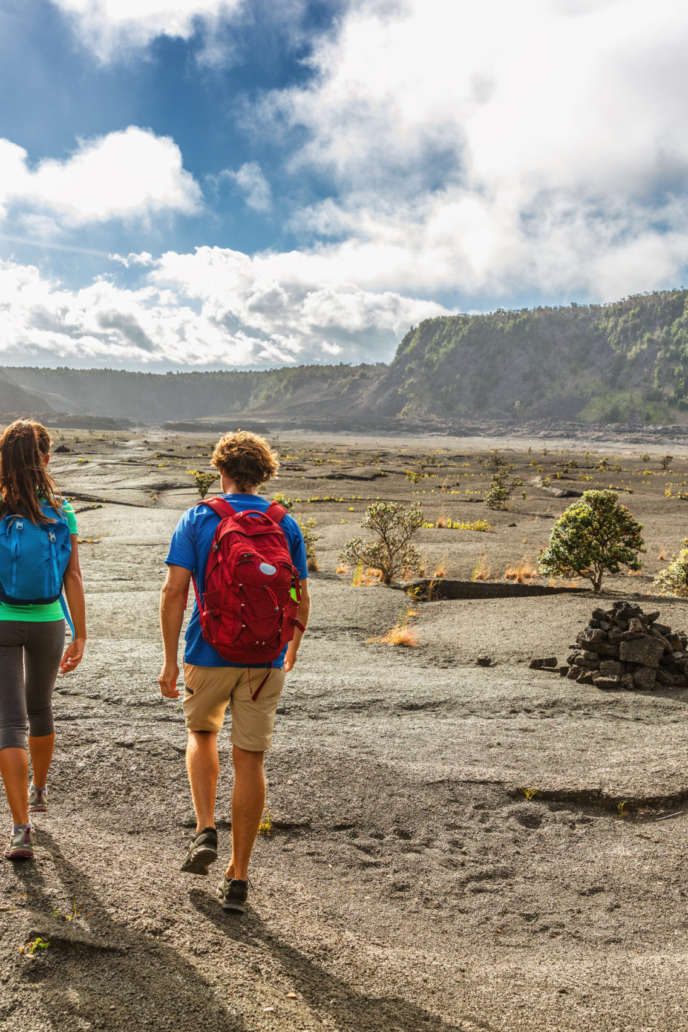
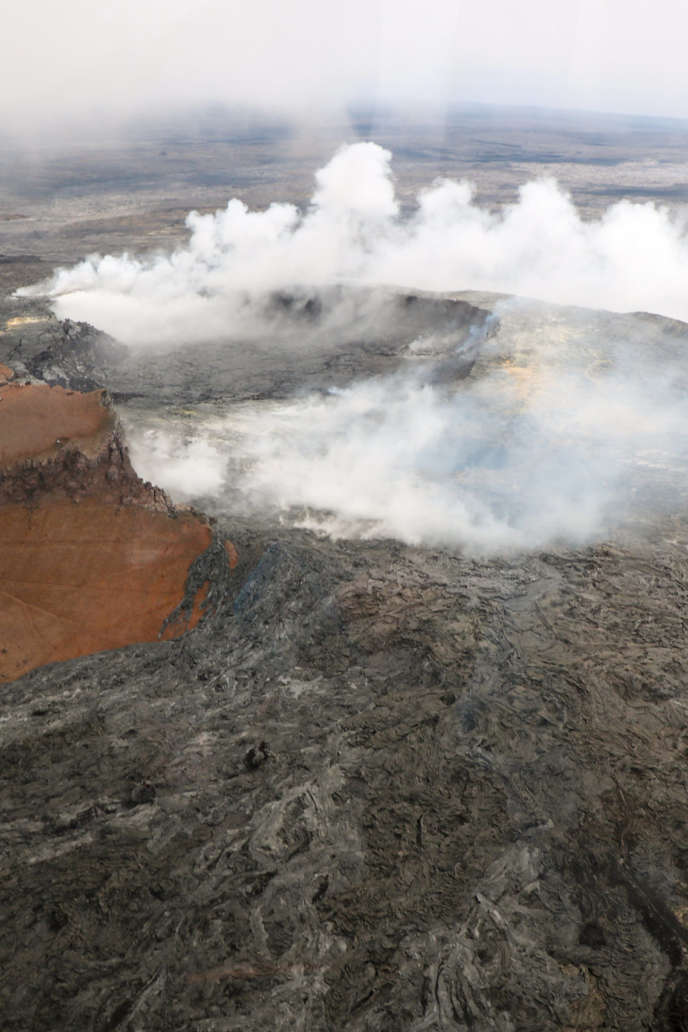
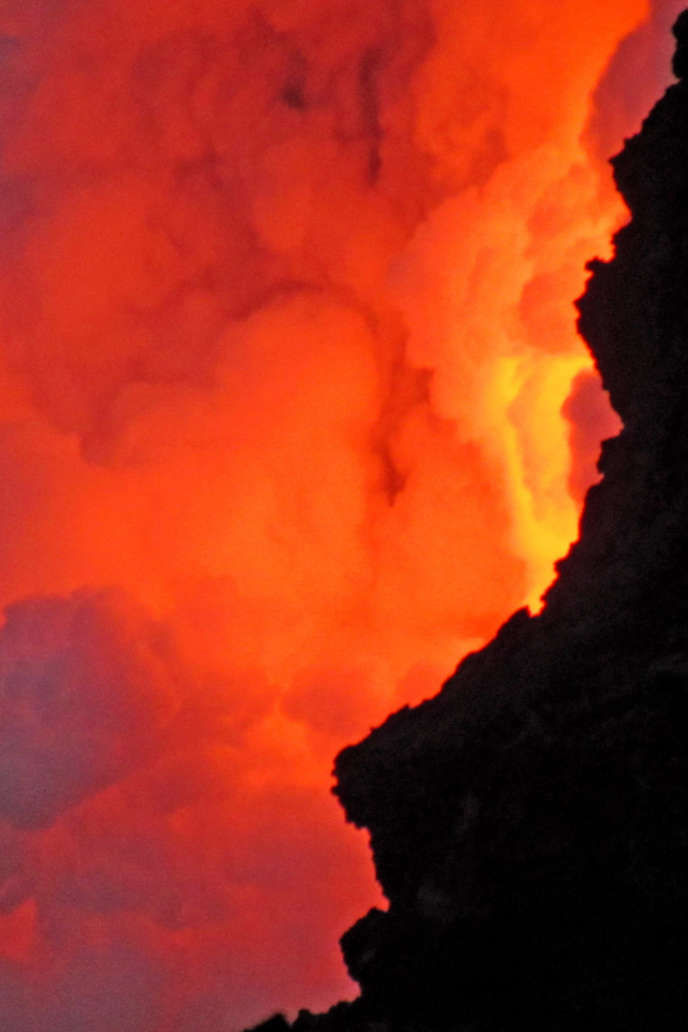
Ziplining & Stargazing have been on my bucket list for a long time, but this list did tempt me to add a few more. Thanks for this fantastic read.